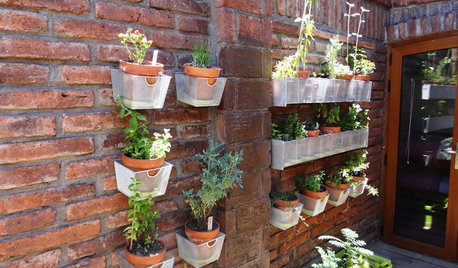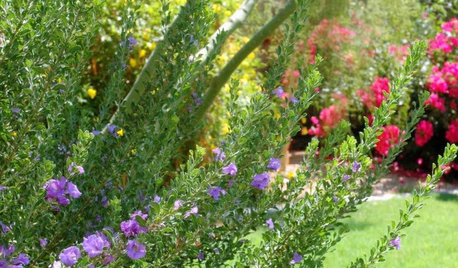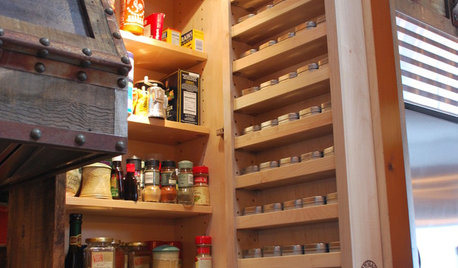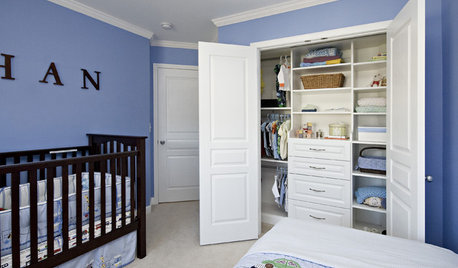Pole bean row orientation
shuffles_gw
11 years ago
Related Stories

SUMMER FRUITS AND VEGETABLESSummer Crops: How to Grow Beans
Grow your own beans for amazing variety and healthy, convenient produce all summer
Full Story
EDIBLE GARDENSHouzz Call: Where Are the Craziest Places You Grow Edibles?
Basil in a bathtub, spinach stacked up a wall ... If your edibles occupy an odd spot, we’d like to know
Full Story
GARDENING GUIDESSouthwest Gardener's June Checklist
Protect your plants from too much sun while waiting for rain relief, and guess what? Those cacti might need a drink
Full Story
KITCHEN DESIGN7 Steps to Pantry Perfection
Learn from one homeowner’s plan to reorganize her pantry for real life
Full Story
HOUZZ TOURSHouzz Tour: From Overgrown Weeds to Picturesque Farmhouse Expanse
This once-neglected 100-acre South Carolina site now features a lake, a wood-filled farmhouse and a far-reaching view
Full Story
MOST POPULARSummer Crops: How to Grow Sunflowers
Savor snack-tastic sunflower seeds once the radiant blooms have faded — if the birds have saved you any, that is
Full Story
LANDSCAPE DESIGNSee 5 Unexpected Ways to Use Vines
Vines can grow over slopes, trail off pergolas and add seasonal color to the garden
Full Story
MOST POPULARHow to Get the Closet of Your Dreams
Do you cringe every time you open your closet door? It may be time for a makeover
Full Story
LIGHTINGHouse Hunting? Look Carefully at the Light
Consider windows, skylights and the sun in any potential home, lest you end up facing down the dark
Full Story
EDIBLE GARDENSGarden BFFs? Why Your Vegetables Are Begging for Companion Plants
Foster friendships among plants for protection from pests, pollination support and color camaraderie
Full Story





jimster
zeedman Zone 5 Wisconsin
Related Professionals
Clemson Landscape Architects & Landscape Designers · Marco Island Landscape Architects & Landscape Designers · Aurora Landscape Contractors · Clark Landscape Contractors · Lakewood Landscape Contractors · Lees Summit Landscape Contractors · Leicester Landscape Contractors · Manhattan Landscape Contractors · Miller Place Landscape Contractors · Vineyard Landscape Contractors · Silver Firs Landscape Contractors · Beavercreek Decks, Patios & Outdoor Enclosures · Jackson Decks, Patios & Outdoor Enclosures · Redmond Decks, Patios & Outdoor Enclosures · Spokane Decks, Patios & Outdoor Enclosuresshuffles_gwOriginal Author
fusion_power
drloyd
wertach zone 7-B SC
drloyd
wertach zone 7-B SC
drloyd
soarwitheagles